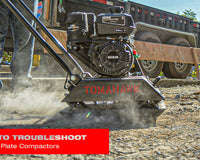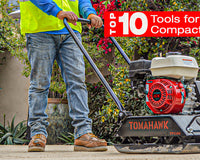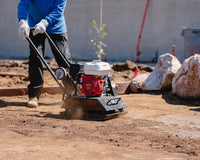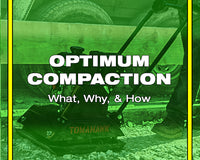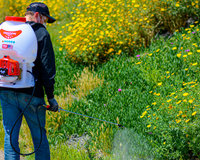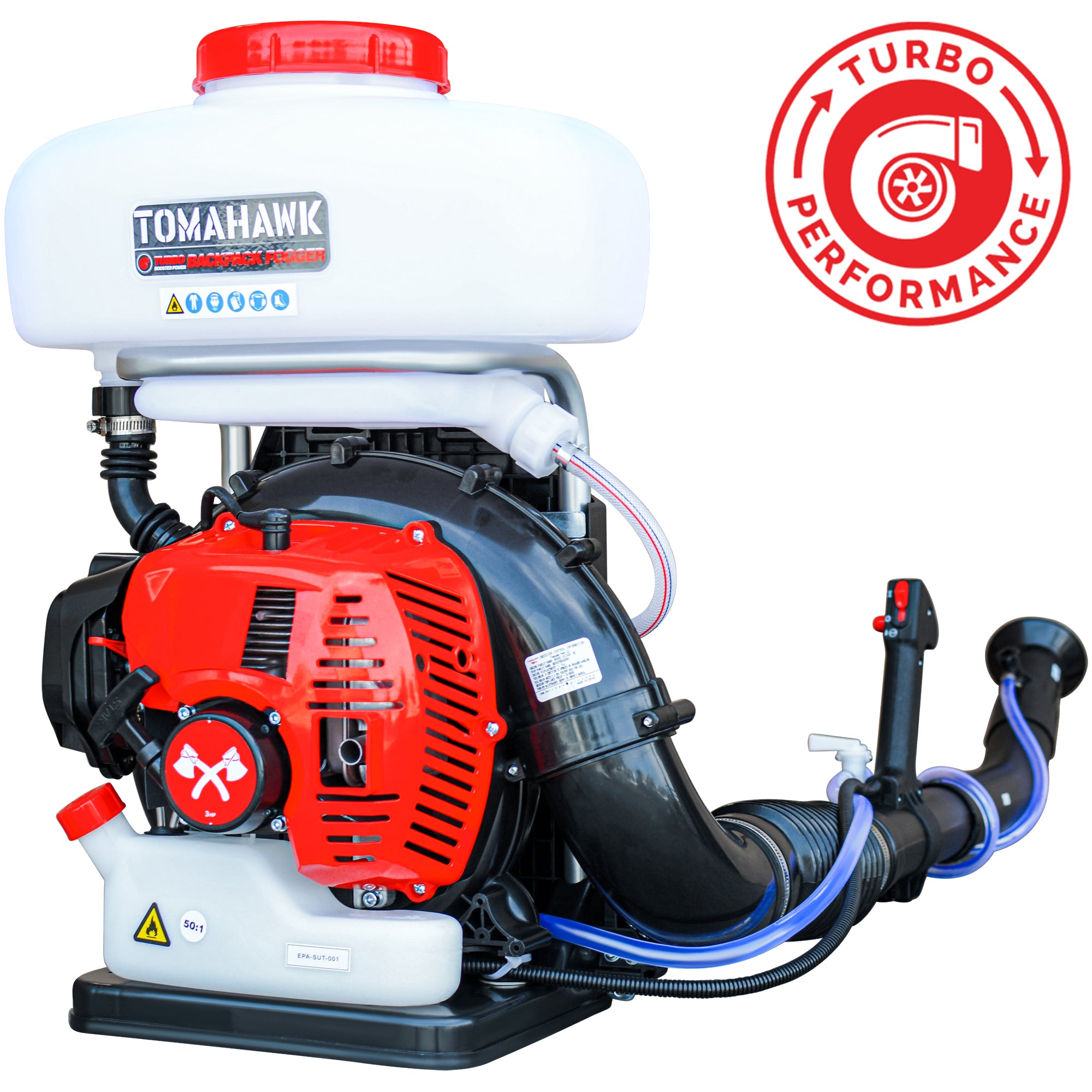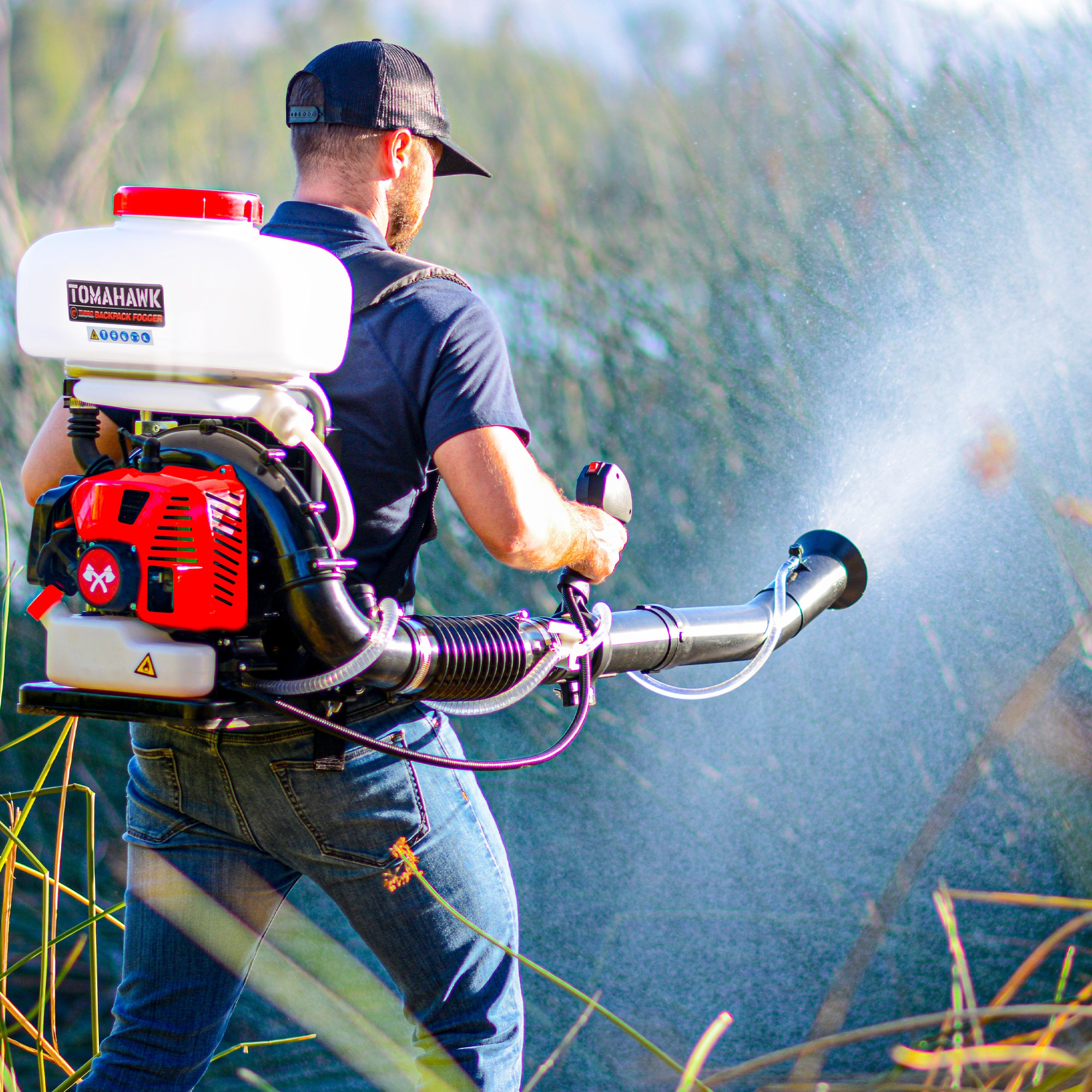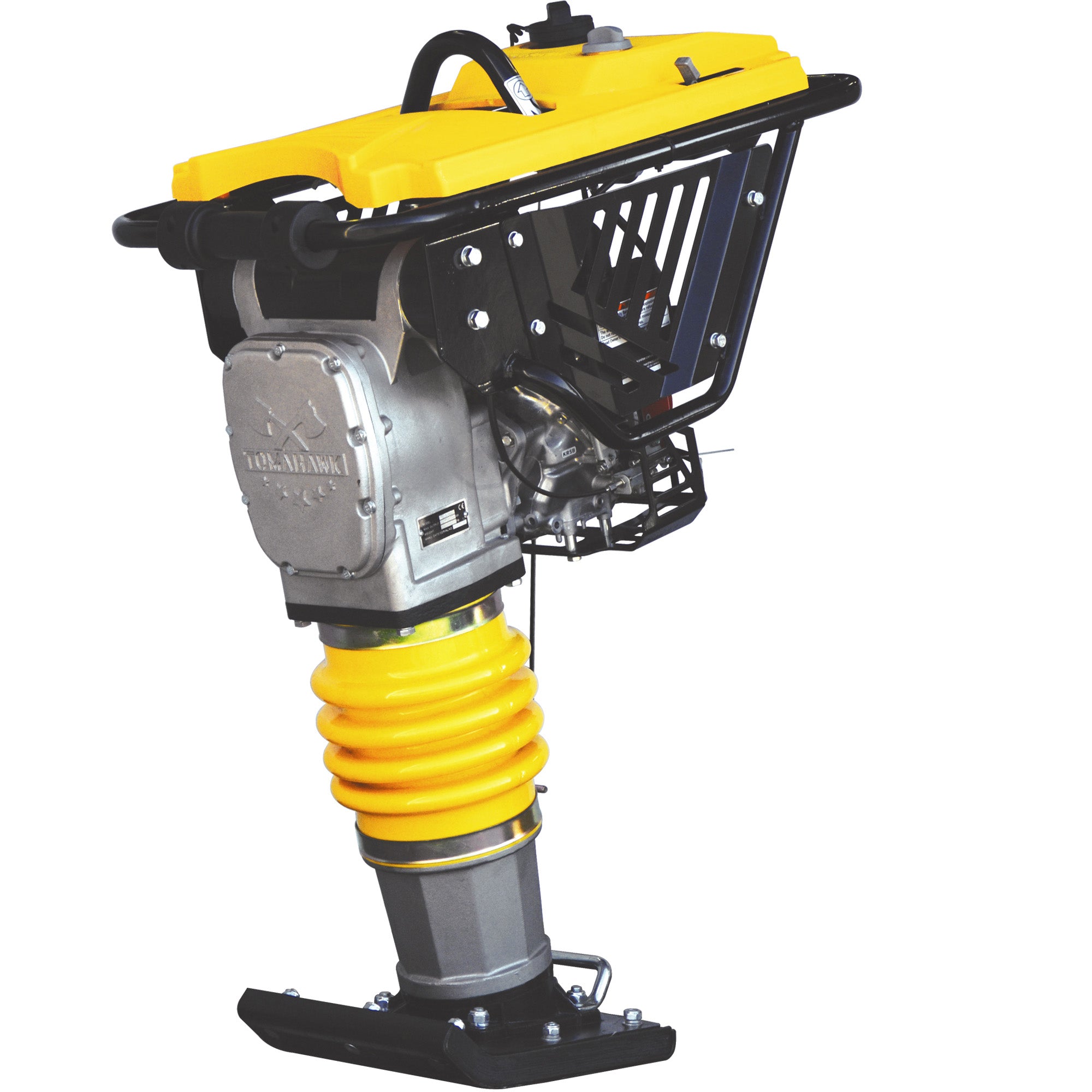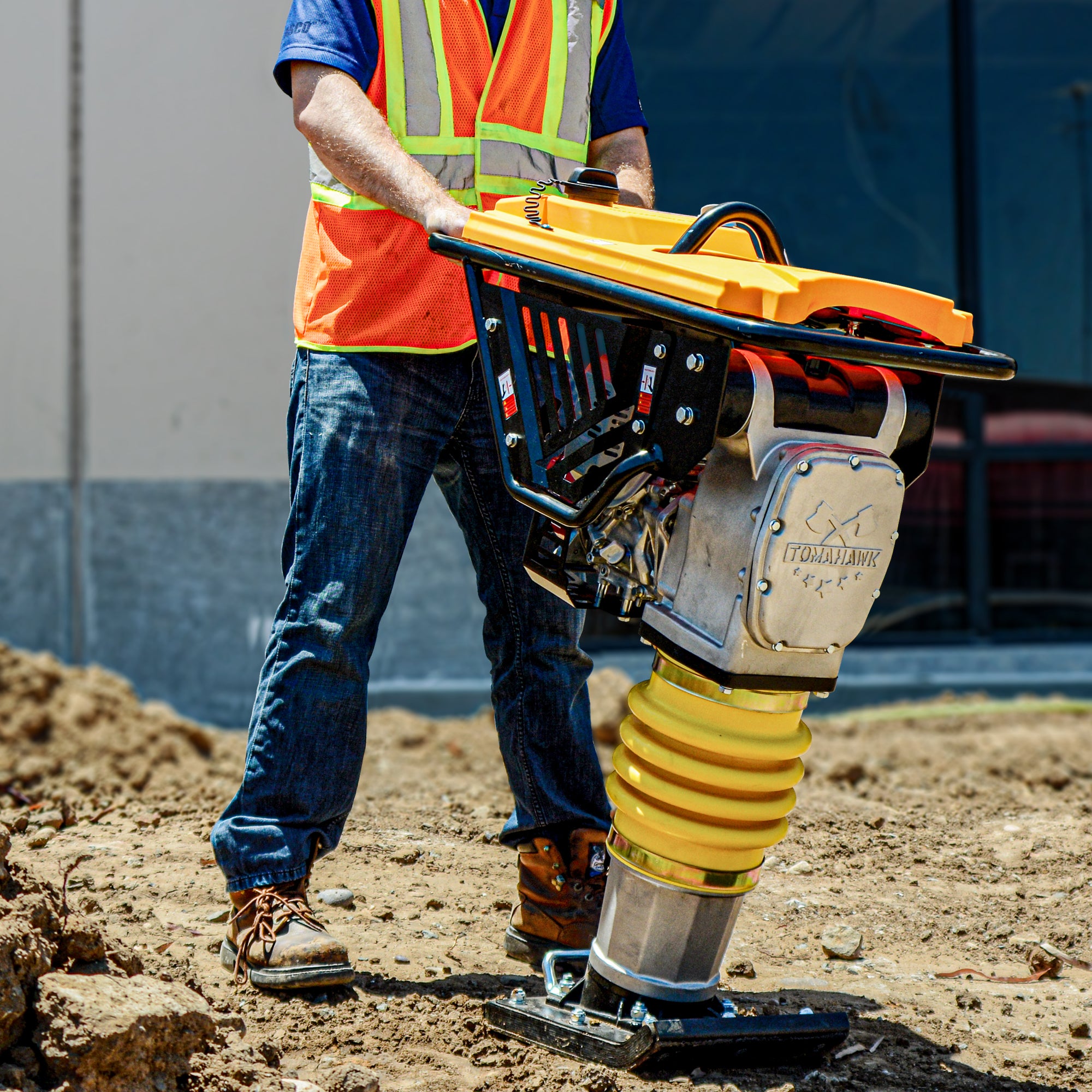When installing sidewalks, most people focus on the main slab area—but experienced contractors know that long-term performance often hinges on what happens along the edges. Tight corners, narrow borders, and tight areas near foundations or landscaping features are notoriously tricky to compact using standard plate compactors. That’s where jumping jack rammers become essential.
The Challenge of Compaction in Narrow Zones
Unlike large open driveways or roadbeds, sidewalk installations often involve tight working conditions. Edges that abut fences, stairs, retaining walls, or curbs create confined spaces where maneuvering a wide plate compactor becomes nearly impossible. These neglected edges, if poorly compacted, are common failure points where settling or erosion starts.
While plate compactors are excellent for large, open aggregate bases, they can leave gaps in coverage along perimeter zones. This is especially problematic when working with loose fill materials like crushed gravel or compactable sand. Left untreated, those soft areas can lead to cracking or sinking of the concrete slab over time.
Why a Jumping Jack Rammer Works Better in Tight Spaces
This is where a gas-powered jumping jack like the Tomahawk 3.6 HP GX120R Vibratory Rammer proves valuable. Its narrow footprint and vertical impact motion allow it to reach tight zones and still deliver high-compaction force. When compacting a gravel base along the edge of a sidewalk form, it can make precise passes without disturbing rebar, forms, or adjacent landscaping.
One civil inspector at a municipal sidewalk project put it clearly:
“If your base shifts an inch at the edge, your whole slab loses support. That’s why we always require a jumping jack pass along the outer 12 inches.”
Best Use Practices for Border Compaction
When working with a jumping jack for tight spaces, there are a few things to keep in mind:
-
Work in overlapping passes, moving slowly to let the rammer settle the base.
-
Start from the outermost edge and work inward toward the slab center.
-
Ensure moisture content is consistent across the trench or border before compacting.
In clay-heavy or moisture-variable soils, it’s best to work in 2–3 inch lifts and test compaction between layers. Gravel bases respond well to ramming force, provided they are well-graded and slightly damp.
Complementing Other Equipment
A jumping jack doesn’t replace a plate compactor entirely—it complements it. The plate handles the bulk of surface compaction, while the jumping jack finishes what the plate can’t reach. For professionals working in urban environments or homeowners laying paver sidewalks with tight turns, this dual-tool approach ensures structural integrity across the entire base.
In projects where precision matters, such as ADA-compliant sidewalk transitions or decorative paver borders, skipping edge compaction is not an option. Whether you're a contractor or a DIYer, equipping yourself with the right tools can make the difference between a sidewalk that cracks after one winter and one that lasts for decades.

